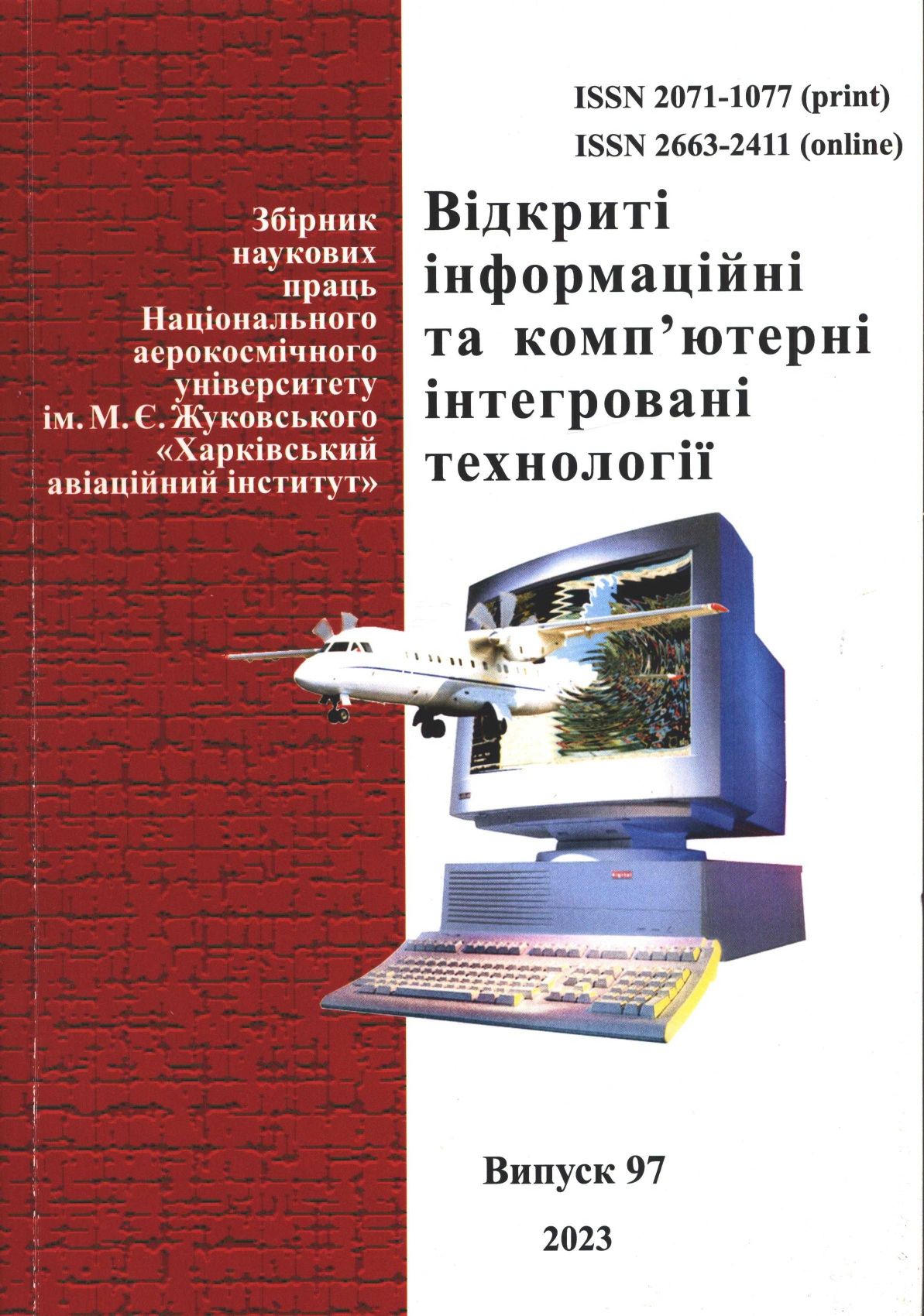Оцінка напруженого стану робочого шару валків коерцитиметричним експрес-методом
Zusammenfassung
При застосуванні двошарових валків широкосмугових станів із робочим шаром із
високохромистого чавуну значно збільшується продуктивність і підвищується якість
обробки прокату. Використання високохромистих валків замість хромонікельмолібденових забезпечує збільшення випуску прокату у 2 рази. Регулювання та забезпечення необхідних показників якості високохромистих валків потребує використання сучасних методів контролю на основі визначення магнітних властивостей, що сприяє підвищенню їх експлуатаційної стійкості. В роботі розглянуто вплив хімічного складу та структури на показники експлуатаційної стійкості відцентроволитих двошарових прокатних валків з високохромистого чавуну з використанням коерцитиметричного еспрес-методу. В процесі досліджень були вирішені такі завдання: проведено аналіз причин руйнування поверхневого шару валків, побудовано математичну модель для вивчення впливу хімічного складу та структури чавуну на рівень твердості і коерцитивної сили, використано коерцитиметричний метод для аналізу якості прокатних валків. За результатами досліджень зроблено ряд висновків: властивості високохромистих чавунів
тісно пов'язані з типом фаз, що формуються, та їх співвідношенням; найбільший вплив на властивості сплаву (у досліджуваному інтервалі зміни частки фаз) має кількість залишкового аустеніту і мартенситу в структурі сплаву; за допомогою коерцитиметричного експрес-методу можна вирішити досить широке коло завдань контролю якості валків, пов'язаних з визначенням рівня та розподілу залишкових напружень в робочому шарі валків. Локальне підвищення рівня коерцитивної сили може бути основою прогнозу утворення тріщини, тому вона може використовуватися для оцінки якості високохромистих валків. The purpose of the work is the problem of researching the influence of chemical
composition and structure on the indicators of operational stability of centrifugal twolayer
rolling rolls made of high chromium cast iron by the coercimetric express method.
In order to ensure the achievement of this goal, the following tasks were set and solved:
conducting an analysis of the causes of the destruction of the surface layer of rolls;
building a mathematical model for studying the influence of the chemical composition
and structure of cast iron on the level of hardness and coercive force; using the coercimetric method to analyze the quality of rolled rolls. Conclusions. Forecasting the
behavior of the rolls during operation is inextricably linked to the analysis of the main
factors on which the level of properties and operational stability of the working layer
depend. The properties of high-chromium alloys are closely related to the type of
phases formed and their ratio. The amount of residual austenite and martensite in the
structure of the alloy has the greatest influence on the properties of the alloy (in the
studied interval of changes in the proportion of phases). The operational layer of twolayer
high-chromium rolls is characterized by a high level of residual stresses.
Exceeding the permissible level of stresses or their unfavorable distribution can cause
premature destruction during the operation of the roll. With the help of the coercimetric
express method, it is possible to solve a fairly wide range of tasks of quality control of
rolls, related to the determination of the level and distribution of residual stresses in the
working layer of the rolls. This is because the intensity of the process of formation of
thermal cracks under conditions of thermo-cyclic loading largely depends on the level
of residual compressive stresses. Too high a level of stresses or their unfavorable
distribution can cause premature destruction of the working layer of the roll, because
the typical type of destruction due to an unbalanced distribution of stresses is cracking.
A local increase in the level of coercive force can be the basis of the prediction of crack
formation.

